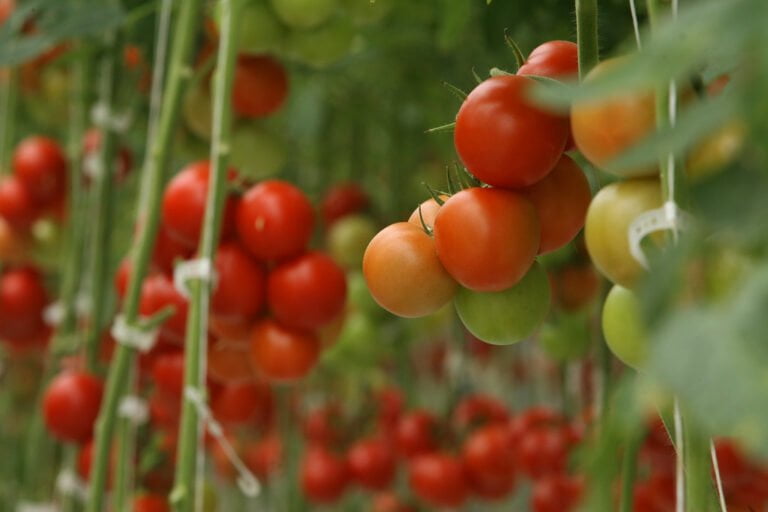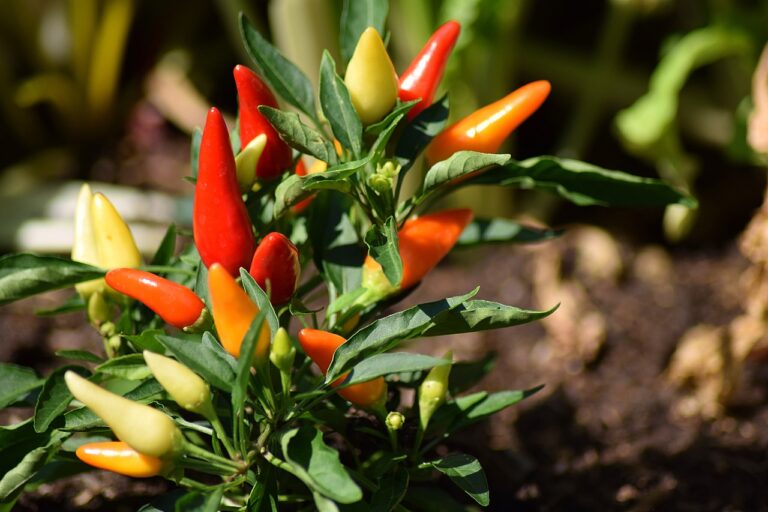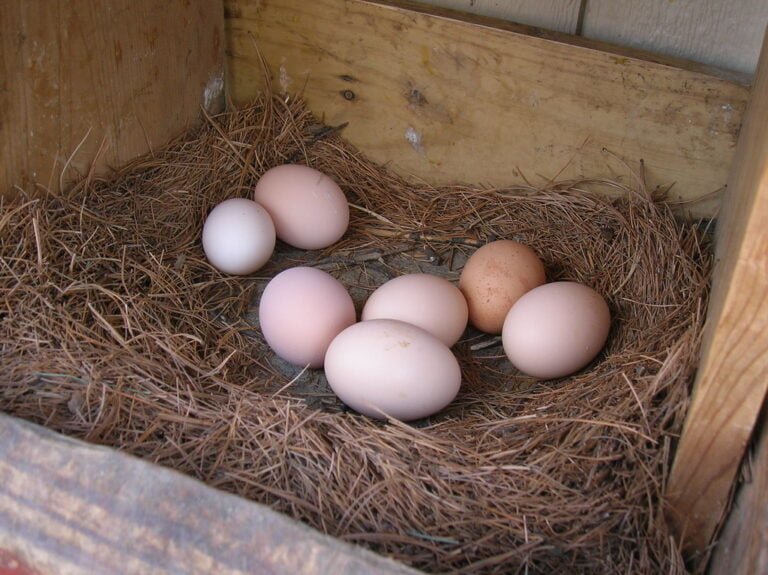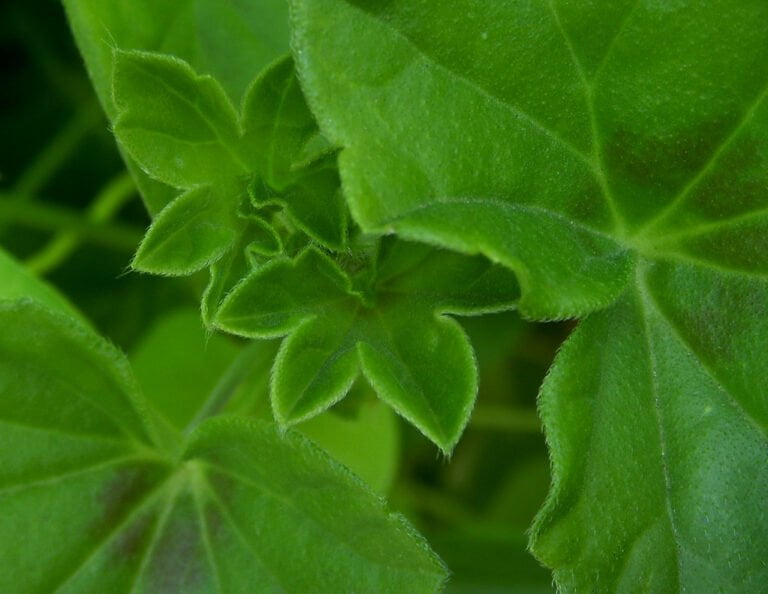Guide to Watering Mint Plants
Watering mint plants is essential for their well-being. Water them once or twice a week, adjusting based on soil moisture levels. Look for healthy green leaves for proper hydration, while yellow or drooping leaves signal problems. Check soil moisture regularly to keep it consistently moist but not waterlogged. Adjust watering schedules for indoor and outdoor plants as needed. To prevent overwatering, use well-draining soil and pots with holes. Understanding factors like light and humidity helps in managing watering needs. Following these tips will lead to healthier mint plants.
Watering Frequency for Mint Plants
How frequently should I water my mint plants to guarantee robust growth and prevent potential problems like root rot? Proper watering is vital for the health of mint plants. Mint plants generally need watering once or twice a week, both for outdoor and indoor plants. For indoor mint plants, it’s essential to adjust the watering frequency based on the soil moisture levels. When watering mint seedlings, the goal is to maintain even soil moisture, so watering once or twice a week is typically necessary.
The frequency of watering your mint plants depends on various factors such as soil moisture level, pot size, light exposure, and humidity levels. It’s critical to monitor the soil moisture regularly to make sure the plant is getting adequate water without staying in soggy conditions. Mint plants prefer well-draining soil to prevent waterlogged roots that can lead to issues like root rot.
Overwatering is a common issue that can harm mint plants. Excess water can suffocate the roots, leading to root rot. Signs of overwatering include yellowing leaves, wilting, and stunted growth. By understanding the watering needs of your mint plants and adjusting the frequency based on environmental factors, you can promote healthy growth and prevent problems like root rot.
Signs of Proper Mint Plant Hydration
When checking for signs of proper mint plant hydration, key indicators include the healthy green color of the leaves, which should be vibrant and free from wilting or drooping. Additionally, feeling the soil for importance and moisture content is essential; adequately watered mint plants should have soil that is moist but not waterlogged. Observing new growth, compact bushy appearance, strong aroma, and flavor in the leaves are all telltale signs that the mint plant is receiving the right amount of hydration.
Healthy Leaf Color
Maintaining a vibrant green hue in your mint plant’s leaves requires consistent and adequate hydration. Mint plants with yellowing or browning leaves may be signaling insufficient watering, while excessively wet or waterlogged soil can lead to wilting or drooping leaves. Properly hydrated mint leaves are turgid and firm to the touch. To guarantee healthy leaf color, it’s crucial to strike a balance in watering practices, avoiding both inadequate watering and overwatering. Regular monitoring of soil moisture levels and adjusting watering frequency accordingly will help sustain the lush, green appearance of your mint leaves. Remember, the color of your mint plant’s leaves is a good indicator of its hydration status, so aim for that vibrant green to keep your plant thriving.
Firm, Moist Soil
To ensure proper hydration for your mint plants, monitor the firmness and moisture level of the soil. Keep the soil consistently moist but not waterlogged. When the soil feels dry to the touch, it’s time to water your mint. By ensuring that your mint receives adequate hydration, you promote healthy and vibrant foliage. Overwatering can lead to issues like root rot, characterized by mushy or discolored roots, so it’s important to avoid excess water. On the other hand, underwatered mint plants may display drooping leaves and an overall wilted appearance. By maintaining the right moisture balance, you can support consistent growth and new leaf development in your mint plant, ensuring its overall health and vigor.
Adjusting Watering Schedule for Mint
For ideal growth and health of mint plants, adapting the watering schedule based on environmental conditions and plant needs is essential. Adjusting the watering frequency is important to maintain consistent soil moisture levels, especially during hot or dry weather. Outdoor mint plants typically require watering once or twice a week to keep the soil evenly moist. In hotter or drier conditions, it may be necessary to water more frequently to prevent the soil from drying out too quickly and affecting the mint’s health.
Indoor mint plants also benefit from a watering schedule of once or twice a week, with adjustments made based on the soil moisture levels. Mint seedlings, in particular, need careful attention to watering, typically requiring watering once or twice a week to vital the soil remains consistently moist for healthy growth.
Various factors such as pot size, light exposure, humidity levels, and soil moisture content influence the watering needs of mint plants. Observing these factors and adjusting the watering schedule accordingly will promote the overall health and vitality of your mint plants.
Preventing Overwatering in Mint Plants
To prevent overwatering in mint plants, it is vital to monitor soil moisture levels closely. Overwatering can lead to root rot and other issues, so it’s important to make sure the soil is not waterlogged. One way to check if your mint plant needs water is by inserting a finger into the soil. If it feels dry to the touch, it’s time to water, but if it’s still moist, hold off on watering.
Proper drainage is key in preventing overwatering. Always use well-draining potting mix and pots with drainage holes to allow excess water to escape. This helps avoid water accumulation at the roots, reducing the risk of root rot. Additionally, consider the size of the pot relative to the plant. A smaller pot retains more moisture, so mint plants in smaller pots may need less frequent watering compared to those in larger containers.
Factors such as light exposure and humidity levels also play a role in watering mint plants. Mint plants in high light conditions or exposed to dry air may need more frequent watering to compensate for increased evaporation. Conversely, plants in low light or high humidity environments may require less water. Adjust your watering schedule accordingly based on these environmental factors to prevent overwatering and keep your mint plants healthy and thriving.
Environmental Factors Affecting Mint Watering
I’ve discovered that sunlight can significantly impact how often mint plants need watering, as they may dry out quicker in direct sunlight. Moreover, the humidity levels in the environment play a vital role in determining the moisture needs of mint plants. Additionally, the type of soil the mint is planted in can affect how frequently it needs watering to avoid issues like root rot.
Sunlight and Mint
Basking in sunlight for at least 4-6 hours daily, mint plants thrive and produce essential oils pivotal to their flavor and aroma. Adequate sunlight is vital for the growth of mint plants as it stimulates the production of essential oils that boost their taste and scent. Insufficient sunlight can result in leggy growth and diminish the essential oil content in the leaves. In hot climates, it is advisable to provide afternoon shade to prevent mint plants from wilting or getting scorched. Additionally, ensuring proper air circulation around the plants exposed to sunlight is essential to avoid humidity-related issues such as mint rust. By paying attention to sunlight exposure, you can promote healthy growth and flavorful leaves in your mint plants.
Humidity Levels Impact
Maintaining suitable humidity levels is essential for ensuring the best growth and health of mint plants. Mint thrives in moderate to high humidity environments, but excessive moisture can promote fungal diseases. Conversely, low humidity levels can lead to rapid soil drying, necessitating more frequent watering. Humidity directly influences soil moisture evaporation rates, impacting the watering frequency required for mint plants. Monitoring humidity levels is vital for adjusting watering schedules to prevent issues like overwatering or underwatering, which can harm mint plants. By keeping a close eye on humidity levels and adjusting watering practices accordingly, you can create an ideal environment for your mint plants to flourish without the risk of water-related problems.
Soil Moisture Needs
To guarantee maximum growth and health of mint plants, it is important to comprehend their soil moisture needs and how environmental factors can impact their watering requirements. Mint plants thrive in consistently moist soil, avoiding waterlogging. Factors like temperature, humidity, and sunlight levels influence the watering frequency. Mint in pots may dry out faster, necessitating more regular watering. Checking soil moisture is crucial to avoid overwatering or underwatering. Mulching around mint plants helps retain soil moisture, reducing watering needs. It’s important to monitor the potting mix’s moisture levels and adjust watering accordingly to prevent issues like overwatering, which can harm mint plants. By understanding these soil moisture needs and considering environmental factors, you can provide excellent care for your mint plants.
Maintaining Healthy Mint Growth Through Watering
During the scorching summer months, ensuring that mint plants receive sufficient water is essential for their healthy growth and vitality. As someone growing mint, it’s important to Water Your Mint regularly, especially during dry spells or in the initial days after planting. Make sure to keep the soil consistently moist but not waterlogged to prevent the roots from rotting. One way to guarantee this is by mulching around the plant to retain moisture and reduce evaporation. It’s important to keep the leaves of the mint plant dry to prevent diseases, so water the plant back from the base rather than overhead.
Different mint varieties may have varying water needs, but a general rule is to never let the soil dry out completely. Particularly in hot summer weather, adequate watering is critical to prevent stress on the plant and ensure healthy growth. Proper watering practices are essential whether you have mint in your garden or in pots. By maintaining the right level of moisture, you can promote robust growth and ultimately harvest your mint for culinary or medicinal purposes. Remember, healthy watering habits are key to the overall health and vitality of your mint plants.






